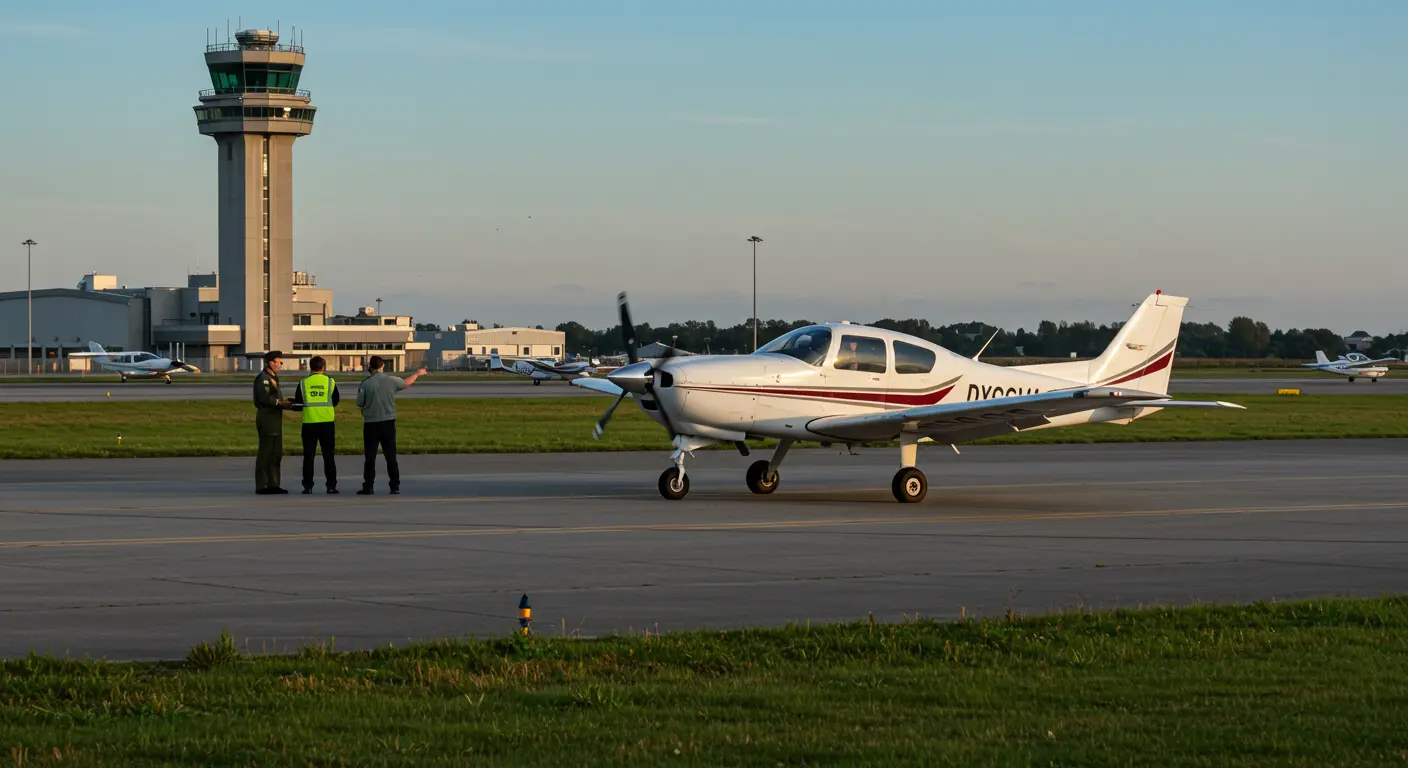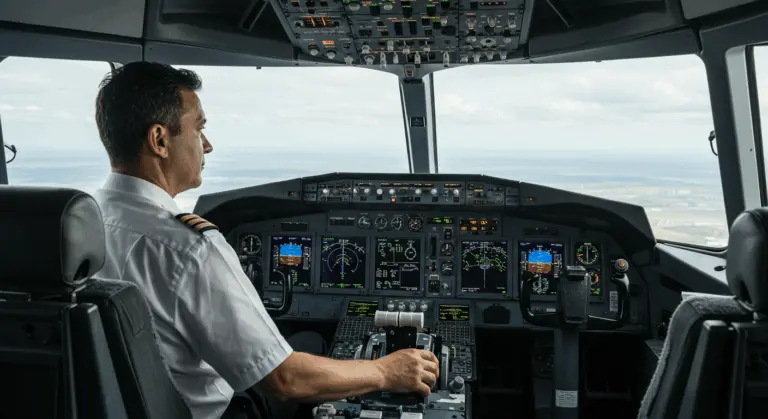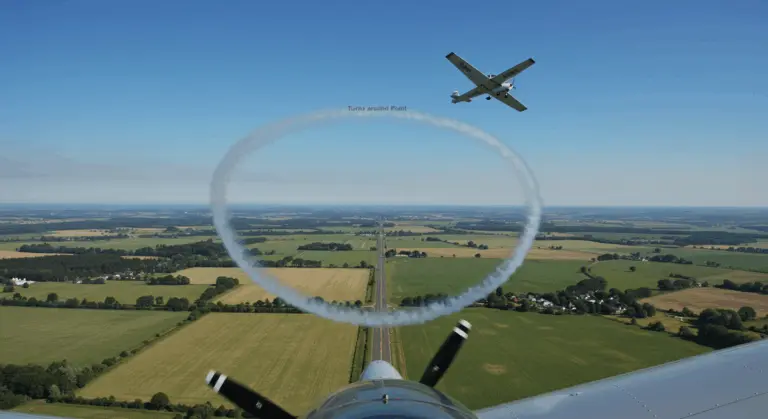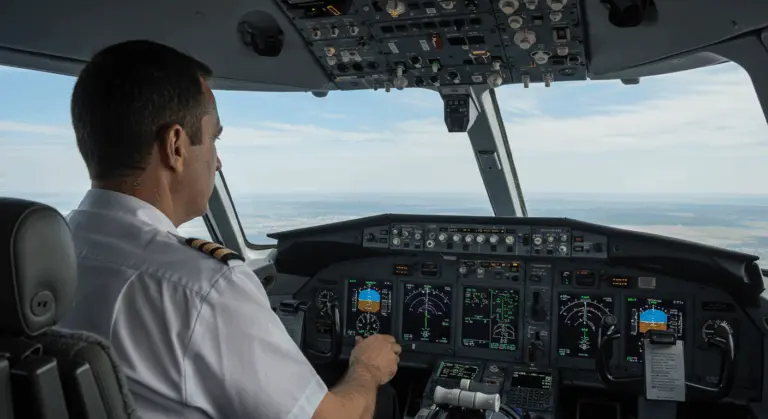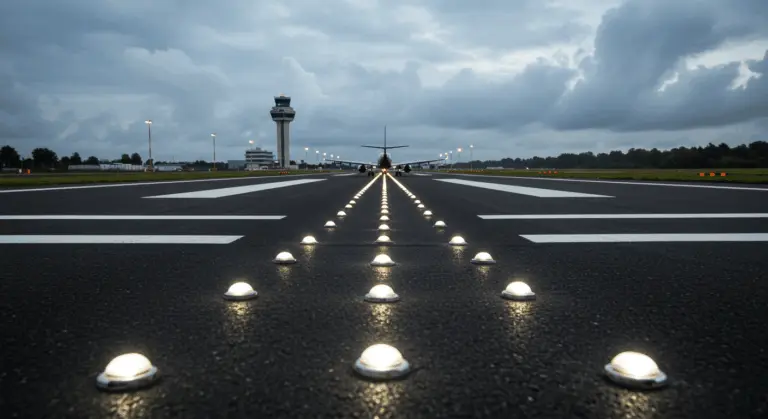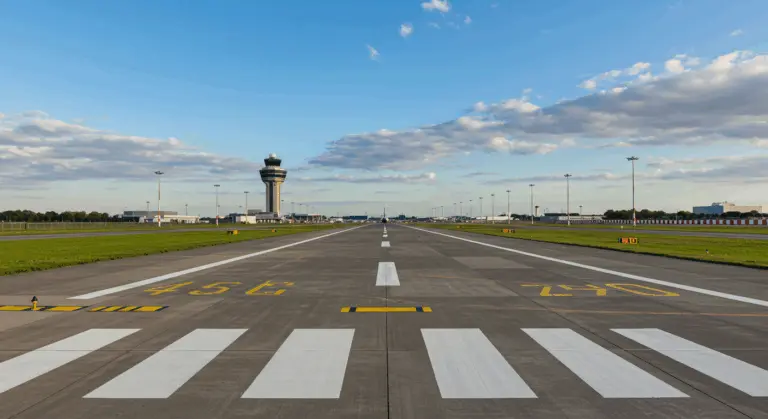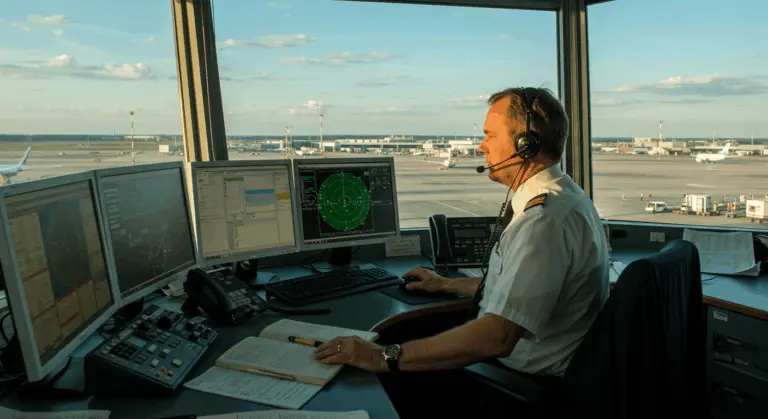Understanding Traffic Patterns in Aviation – A Comprehensive Guide
Overview of Traffic Patterns in Aviation
A traffic pattern represents the standardized flight path aircraft follow during takeoff and landing operations—a carefully orchestrated dance that organizes air traffic while maintaining safety. Picture a rectangular circuit with five distinct legs:
For student pilots, traffic patterns serve as essential training grounds where fundamental skills develop. Here, novice aviators master aircraft control, navigation, and communication within the airport’s bustling environment. These structured circuits ensure pilots maintain visual contact with the airfield throughout approach and departure phases, fostering situational awareness while reducing collision risks.
Traffic patterns follow either left-hand or right-hand configurations, dictating the direction of turns throughout the circuit. Left-hand patterns dominate aviation because they take advantage of superior visibility from the cockpit’s left side. However, right-hand patterns may be required due to terrain, noise abatement, or to separate traffic, as specified by airport markings, documentation, or ATC. This standardization is vital for safety—particularly at non-towered airports where pilots must orchestrate their own coordination.
The Standard Traffic Pattern Explained
Understanding Traffic Pattern Altitude
Traffic pattern altitude (TPA) defines the standard height above ground level (AGL) where aircraft operate within the airport’s traffic circuit. Most light aircraft maintain 1,000 feet AGL—a height that balances safe maneuvering capability with essential visual contact to the airport below. Turbine-powered aircraft and heavier machines typically cruise at 1,500 feet AGL, creating a 500-foot buffer above standard patterns to ensure adequate separation from their lighter counterparts.
These carefully calibrated altitudes fulfill several critical safety functions:
Before arrival, pilots must verify each airport’s published traffic pattern altitude—local conditions frequently demand departures from standard heights. Mountainous terrain, towering obstacles, noise abatement protocols, or complex airspace restrictions often necessitate non-standard pattern altitudes. This information is typically found in airport facility directories, sectional charts, or through direct communication with air traffic control facilities.
Joining the Traffic Pattern: Procedures and Techniques
The preferred method for joining a traffic pattern involves entering at a precise 45-degree angle to the downwind leg, targeting a point directly opposite the runway’s midpoint. This entry technique is widely accepted because it provides excellent visibility for every aircraft in the pattern. The 45-degree approach allows pilots to merge seamlessly into the traffic flow without disrupting ongoing operations.
Communication is essential when joining traffic patterns—particularly at airports with active control towers. At towered airports, pilots must establish radio contact with Air Traffic Control (ATC) and follow specific instructions for pattern entry. At non-towered airports, pilots broadcast their positions and intentions via the Common Traffic Advisory Frequency (CTA). This creates a vital information network that keeps all aircraft informed.
Prior to joining any traffic pattern, pilots must conduct thorough research using aeronautical charts, airport facility directories, and Notums (Notices to Airmen). Certain airports deviate from standard patterns—terrain challenges, noise abatement requirements, or complex airspace restrictions often drive these variations. Additionally, pilots must remain vigilant for other aircraft, maintain proper spacing, and adjust their speed to integrate safely into the existing traffic flow. Proper pattern entry enhances safety and demonstrates professionalism and courtesy toward other pilots sharing the airspace.
The downwind leg—running parallel to the runway but opposite to the landing direction—is an important segment of the pattern. Following takeoff, pilots climb on the upwind leg to within 300 feet of pattern altitude before executing a crisp 90-degree turn to crosswind, then another 90-degree turn onto downwind. This methodical departure sequence creates predictable flight paths while enhancing visibility for all aircraft.
During the downwind leg, pilots handle multiple important tasks: completing pre-landing checklists, configuring aircraft for landing, and continuously monitoring their position relative to the runway. The ideal downwind position maintains sufficient distance from the runway to allow for a comfortable turn to base and final approach without excessive maneuvering. Most pilots initiate their descent and base turn when the runway threshold slips behind their wing—though wind conditions and aircraft performance can shift this timing considerably.
Transitioning from downwind to landing requires careful timing and good judgment. After completing the downwind leg, pilots execute a 90-degree turn to the base leg, continuing their descent while maintaining visual contact with the runway. From the base leg, another 90-degree turn aligns the aircraft with the runway centerline for the final approach. Throughout this intricate process, pilots must simultaneously track other traffic, compensate for shifting winds, and ensure their approach speed and configuration will yield a stable landing. This methodical progression through each leg of the pattern creates a predictable and safe environment for all aircraft operating in the vicinity.
Go-Around Procedures: What to Do When Landing is Unsafe
A go-around is one of aviation’s most important safety procedures—executed when pilots determine that landing conditions have deteriorated beyond acceptable limits. Unstable approaches are common in aviation: incorrect airspeed, improper descent rates, or runway misalignment frequently trigger landing incidents. Rather than attempting to salvage a compromised approach, executing a decisive go-around allows pilots to reestablish stable approach parameters for a safer landing attempt.
The standard go-around procedure unfolds through these essential steps:
-
Apply full power and establish a positive rate of climb.
-
Retract flaps in stages to the appropriate climb setting.
-
Maintain directional control over the runway centerline.
Once achieving safe climbing airspeed, pilots fly the upwind leg to pattern altitude, then turn crosswind to rejoin the circuit.
During go-around execution, pilots must trust their instruments over potentially deceptive visual cues—particularly when visibility conditions deteriorate. Never delay the go-around decision due to ego concerns or fear of disrupting traffic flow. Aviation safety experts and instructors agree that performing a go-around when in doubt represents good airman ship and sound decision-making. Remember: a go-around isn’t failure—it’s the successful execution of a safety procedure designed to prevent potentially catastrophic landing situations.
Visual Indicators and Their Role in Traffic Patterns
Airports use various visual indicators that provide essential information to pilots navigating traffic patterns. The segmented circle stands as the most comprehensive system—a central reference hub containing multiple visual cues. These circles typically house wind direction indicators (windsocks or tetrahedrons) positioned to reveal current wind direction and approximate strength. This information is valuable for pilots determining the active runway and anticipating crosswind challenges during takeoff and landing.
Within the segmented circle, landing direction indicators reveal the preferred runway and traffic pattern direction. These indicators often take the form of arrows or runway alignment symbols pointing toward the active runway. Traffic pattern indicators—typically L-shaped symbols—clarify whether airports employ standard left-hand circuits or non-standard right-hand patterns. This information is particularly valuable for pilots unfamiliar with the airport who need to conform to local procedures.
Beyond segmented circles, airports often use visual aids: Precision Approach Path Indicators (PAPI) or Visual Approach Slope Indicators (VAST). These systems use red and white lights to provide vertical guidance during the final approach, helping pilots maintain the optimal glide path to the runway threshold. Mastering these visual indicators enables pilots to navigate traffic patterns safely—even at unfamiliar airports or when radio communication fails. These standardized visual systems represent a critical component of the aviation safety infrastructure, particularly at non-towered airports.
Conclusion: The Importance of Traffic Patterns in Aviation Safety
Traffic patterns form the foundation of aviation organization, establishing standardized systems that enhance safety through predictability. By creating consistent procedures for approaches and departures, these patterns reduce midair collision risks and runway incursions—aviation’s most menacing safety threats. This standardization enables pilots to anticipate other aircraft locations and movements, even within bustling airport environments where multiple aircraft operate simultaneously.
Regardless of experience level, maintaining traffic pattern proficiency is an essential safety skill for all pilots. The ability to execute precise pattern entries, maintain proper spacing, and perform stable approaches directly contributes to accident prevention. Even seasoned aviators must regularly hone these fundamental skills—particularly when operating at unfamiliar airports or confronting challenging conditions. The discipline required to fly a proper traffic pattern translates to overall improved airman ship.
Beyond individual safety gains, precisely executed traffic patterns improve aviation system efficiency. By following standardized procedures, pilots help maximize runway utilization, minimize delays, and reduce radio congestion. This is especially important at non-towered airports, where pilots must orchestrate their own movements through position reporting and vigilant visual scanning. The traffic pattern system exemplifies how standardized procedures, clear communication, and heightened situational awareness work together to create a safe transportation network—despite flight operations’ inherent complexities and risks.

